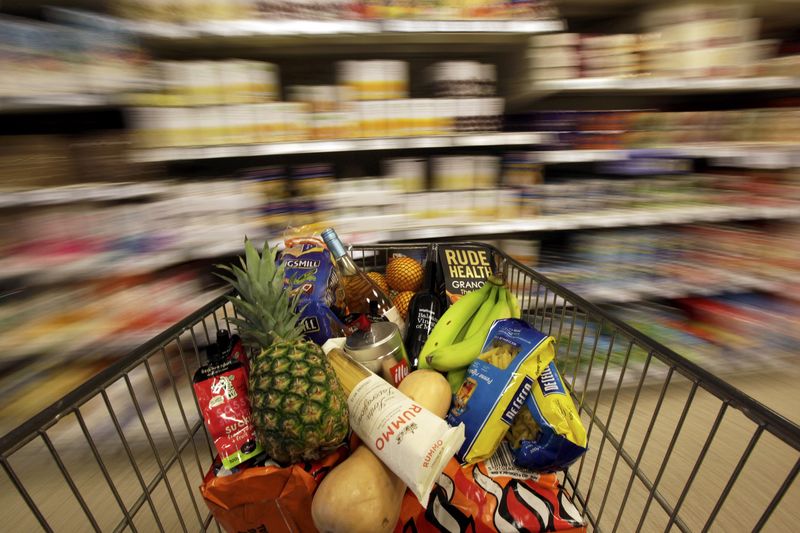Investing.com - U.S. inflation accelerated more than expected in May, underlining the case for a faster pace of monetary tightening by the Federal Reserve.
Consumer price inflation rose by an annualized 2.8% in May the Labor Department said, up from 2.5% in the previous month. The consensus forecast was for a reading of 2.7%.
Month-on-month, CPI rose 0.2% in May, matching the previous month’s increase and in line with the consensus forecast.
Core CPI, a key gauge of underlying consumer price pressures that excludes food and energy costs, increased by 0.2% from a month earlier, above the consensus forecast for growth of 0.1%.
In the 12 months through June, core CPI rose 2.2%, compared to 2.1% a month earlier. Economists were looking for a gain of 2.2%.
Core prices are viewed by the Federal Reserve as a better gauge of longer-term inflationary pressure precisely because they exclude the volatile food and energy categories. The central bank usually tries to aim for 2% core inflation or less.
Inflation remains a central concern for markets as increasing price pressures would be a catalyst to push the Fed toward raising interest rates at a faster pace than currently forecast.
Markets widely expect the Fed to raise interest rates by 25 basis points to 1.75%-2.00% when it announces its decision on Wednesday.
The U.S. central bank will also release new forecasts for economic growth and interest rates. The question is whether its rate hike projections - three moves both this year and next - move up and whether it expects to hit the so-called neutral interest rate quicker than earlier thought.
According to Investing.com’s Fed Rate Monitor Tool, the odds of an additional hike in December, for a total of four in 2018, have recently been hovering just above 40%.
